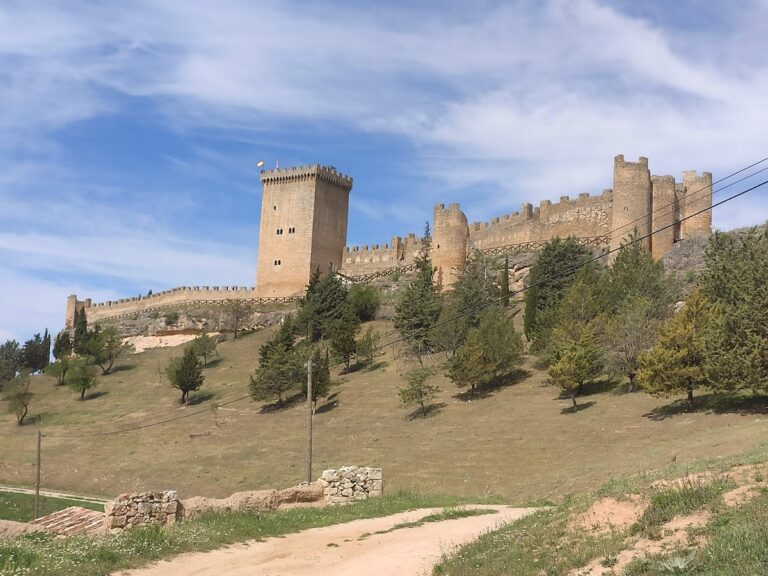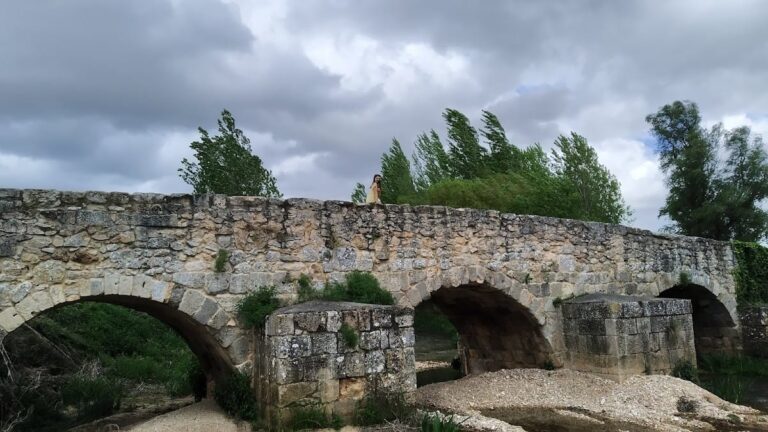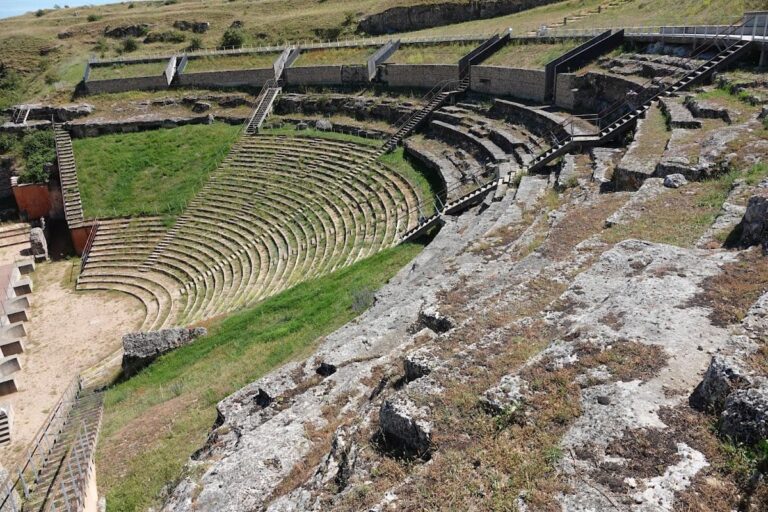Castillo de Langa de Duero: A Medieval Fortress in Spain
Visitor Information
Google Rating: 4.5
Popularity: Very Low
Google Maps: View on Google Maps
Official Website: www.turismocastillayleon.com
Country: Spain
Civilization: Unclassified
Remains: Military
History
The Castillo de Langa de Duero is a medieval fortress situated in the town of Langa de Duero, Spain. While the site shows evidence of early settlement by Celtic, Visigothic, and Christian communities dating back to the 10th century, the fortress itself was constructed in the 15th century by Castilian builders.
During the 15th century, the castle played a role in regional power struggles. Ownership passed to Don Álvaro de Luna in 1441, a prominent nobleman and constable of Castile. Around 1445, documents reveal that the tower of the fortress was used as a place of imprisonment, notably holding the brother of the Admiral of Castile by Don Álvaro’s orders. At this time, the area was home to a Jewish community, or aljama hebrea, reflecting the diverse population inhabiting the region during the late medieval period.
By the 18th century, the castle itself had lost its earlier military significance, but the surrounding territory remained economically active. The Count of Miranda, owner of a nearby flour mill on the Valdanzo river, imposed a toll, known as a Portazgo, on residents of Langa for crossing goods over the Duero river, indicating the continued importance of this border area for trade and local administration.
In recent times, efforts to conserve the fortress have repurposed the site into a center dedicated to educating the public about the watchtowers and fortifications guarding the Duero frontier throughout history, underscoring the castle’s enduring role in the regional defense network.
Remains
The Castillo de Langa de Duero crowns a hill overlooking the town and the Duero river valley. Its remaining structure, a square tower known locally as El Cubo, is the sole survivor of what was once a more extensive defensive enclosure designed to protect access points such as a nearby bridge. This sturdy tower measures approximately twelve meters on each side and rises to twenty meters in height. Its massive walls, nearly two meters thick, were built to withstand attacks and provide a strong vantage point.
The tower’s interior is divided into four levels: a ground floor and three additional upper floors, culminating in a rooftop terrace. The entrance is positioned above ground level, an elevated doorway that enhanced security by limiting direct access. The rooftop retains remnants of battlements, including elongated arrow slits, which allowed defenders to observe and shoot at approaching enemies while minimizing exposure. There are also vestiges of a machicolation—an opening in the parapet that enabled defenders to drop objects or pour substances onto attackers at the base of the tower.
Next to the tower lies a trapezoidal cistern, carved directly into the rock. This cistern, or aljibe, was used to collect and store water, a critical resource during sieges or drought. Surrounding remains hint at additional fortifications that once enclosed the area, providing a defensive barrier. Archaeological evidence also points to now-blocked underground passages, which likely functioned as quarters for soldiers, stables for horses, or storage spaces such as granaries.
Conservation programs have restored the tower’s façade and improved access by constructing a secure walkway leading from the town. Inside the tower, stairs and floors have been added carefully to aid visitor mobility while preserving the historic fabric. The addition of ornamental lighting highlights the fortress’s silhouette, and protective glass barriers installed near the battlements allow safe enjoyment of panoramic views across the Duero valley, including clear sightlines to the distant fortress of Gormaz.










